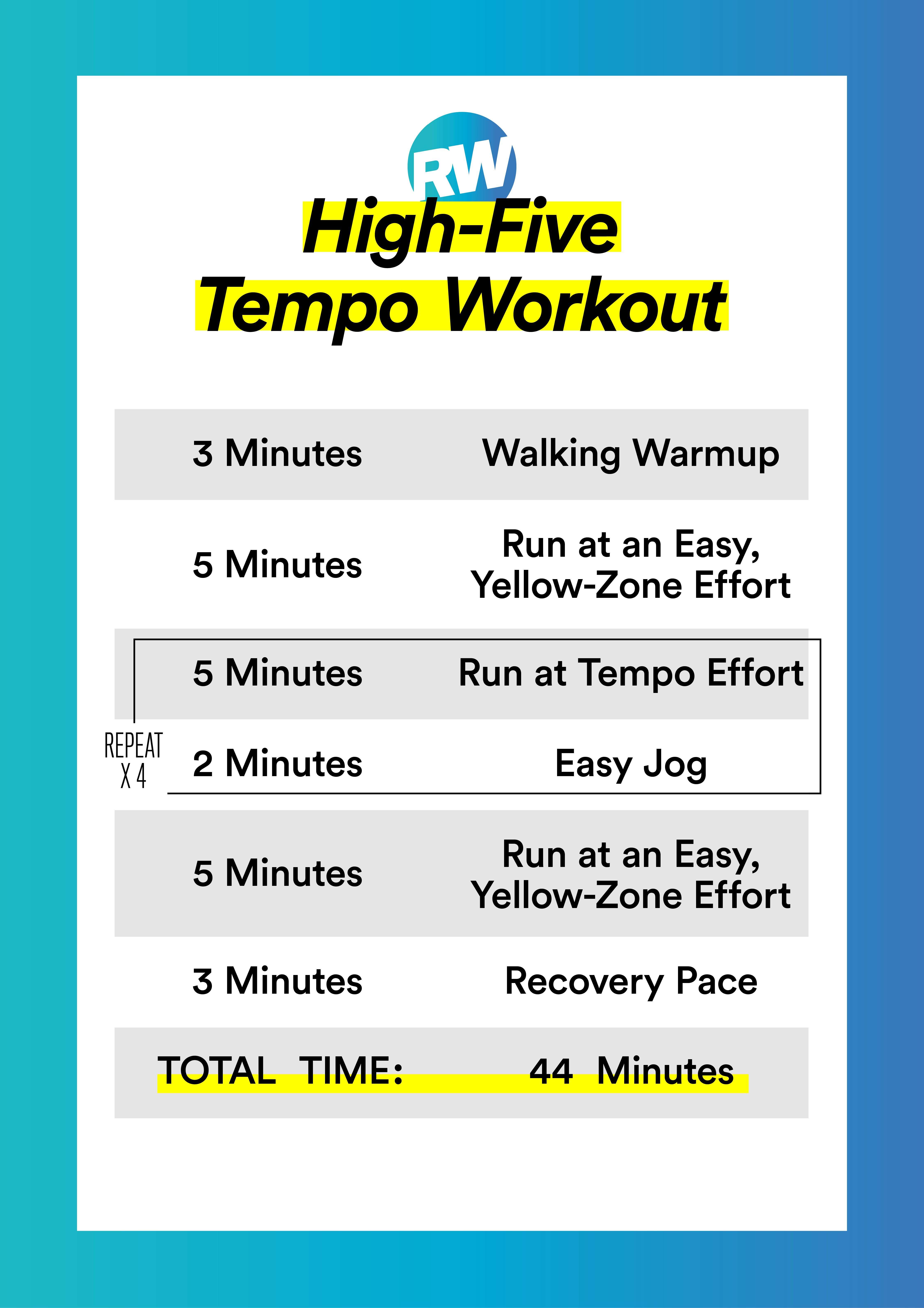The Ultimate Overview to Dealing With Discomfort When Running
For runners, experiencing discomfort during runs is not unusual, and understanding how to effectively take care of and avoid it can make a substantial difference in your total performance and satisfaction of the sporting activity. Whether you are an experienced marathoner or simply starting your running journey, understanding the various kinds of discomfort that can develop and the methods to address them is important. From pre-run warm-up routines to appropriate shoes selection, there are numerous variables to consider when it concerns handling pain while running. This detailed guide will equip you with the expertise and tools required to browse through the pain and encourage you to achieve your running goals with greater convenience.
:max_bytes(150000):strip_icc()/running-longer-or-faster-31e97070bda14ffc8afdea52094504c7.jpg)
Understanding Various Sorts Of Running Discomfort
When running, it is important to compare different kinds of pain to protect against injuries and make the most of performance (Read More). One typical kind of pain that joggers may experience is muscular tissue soreness, which usually arises from the tension placed on muscles throughout workout. This type of pain is typically a regular component of the running process and can be managed via correct warm-up, cool-down, and stretching regimens
Another sort of discomfort to be knowledgeable about is joint pain. Joint discomfort can suggest concerns such as overuse, inappropriate type, or underlying problems like joint inflammation. Neglecting joint discomfort can cause extra extreme injuries, so it is critical to attend to any kind of pain promptly and possibly look for professional recommendations.
In addition, sharp or stabbing pains need to not be ignored. These sorts of discomfort can signify severe injuries such as strains, sprains, or tension fractures - running workout. Remaining to go through these sorts of discomfort can aggravate the injury and lengthen healing time

Pre-Run Warm-Up and Extending Routine
To prepare the body for a running session, applying an effective pre-run warm-up and extending routine is necessary. A correct workout assists increase blood circulation to the muscles, boosts versatility, and reduces the risk of injury throughout the run. By including a constant pre-run warm-up and extending regular right into your running regimen, you can optimize efficiency and minimize the threat of pain or injury.
Appropriate Shoes Selection and Fit
When selecting operating shoes, it is important to take into consideration aspects such as foot type, running gait, arch support, cushioning, and shoe dimension. Checking out a specialty running shop for a gait evaluation and professional fitting can assist make sure that you select the right footwear for your individual demands. Spending in top quality shoes that is proper for your running style and foot anatomy is a proactive step towards preventing discomfort and injuries during your runs.
Nutrition and Hydration Tips for Discomfort Prevention

Hydration is just as essential for runners to avoid pains, dehydration, and other discomforts that can bring about pain throughout running. It is recommended to consume alcohol a sufficient amount of water throughout the day and specifically before, during, and after running sessions. Electrolyte-rich drinks or sports beverages can likewise be advantageous for restoring shed minerals and keeping proper liquid balance. running workout (Read More). By prioritizing nourishment and hydration, runners can boost their performance, minimize discomfort, and appreciate an extra comfy running experience.
Post-Run Recuperation Techniques to Ease Discomfort
Applying effective healing techniques is necessary for relieving discomfort and promoting muscular tissue recuperation after running sessions. One vital post-run recovery method is extending. Integrating fixed stretches for significant muscular tissue groups can help in reducing muscle mass tension and pain. Foam rolling is one more helpful practice to release muscle mass rigidity and boost blood circulation to the muscular tissues, assisting in quicker recovery. In addition, topping sore locations for 15-20 minutes can help in reducing swelling and numb discomfort you could check here post-run.
Eating a well balanced snack or meal that includes healthy protein and carbs within 30 mins of completing a run can help fix muscle cells and replenish energy stores. By integrating these post-run healing methods right into your regimen, you can properly take care of discomfort and maximize your running performance.
Conclusion
Finally, attending to different sorts of running discomfort through appropriate warm-up, extending, footwear selection, nutrition, hydration, and post-run healing strategies is important for discomfort prevention and management. By recognizing the reasons for pain and implementing these techniques, runners can reduce discomfort and potential injuries. It is critical to focus on total physical wellness and wellness to ensure a successful and pleasurable running experience.
Comments on “Raise Your Running Strategy with Proven Techniques”